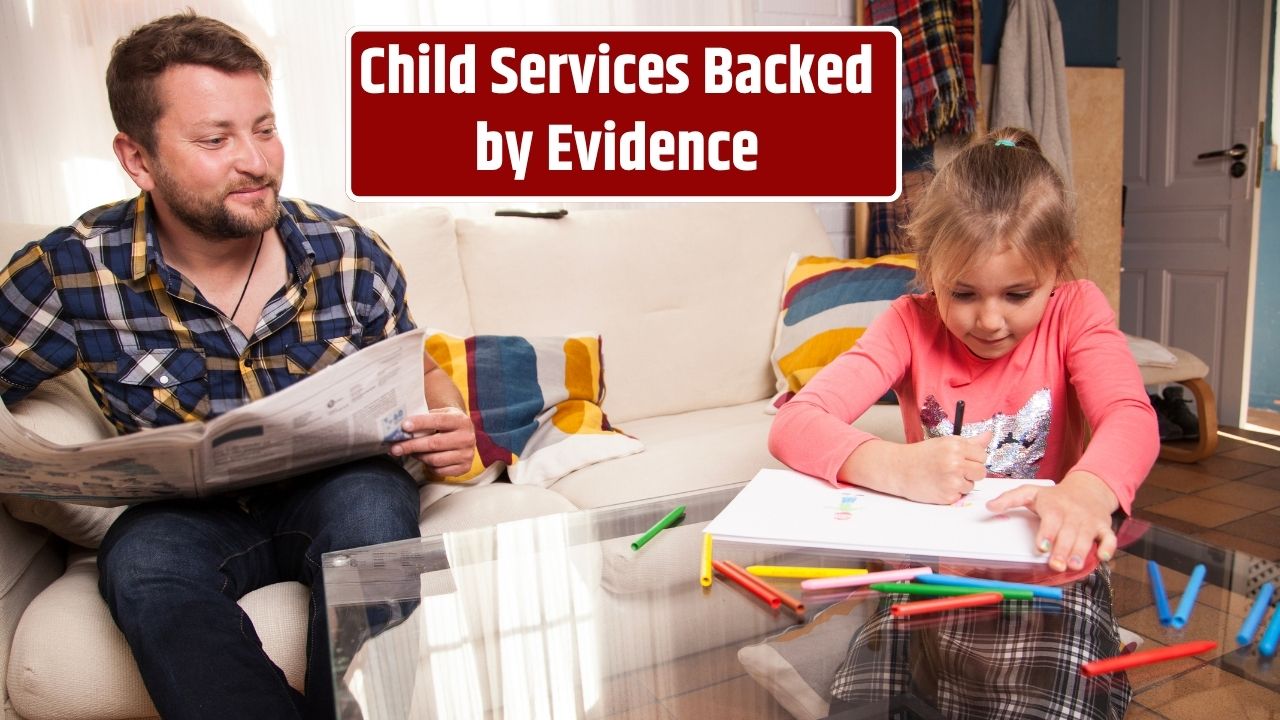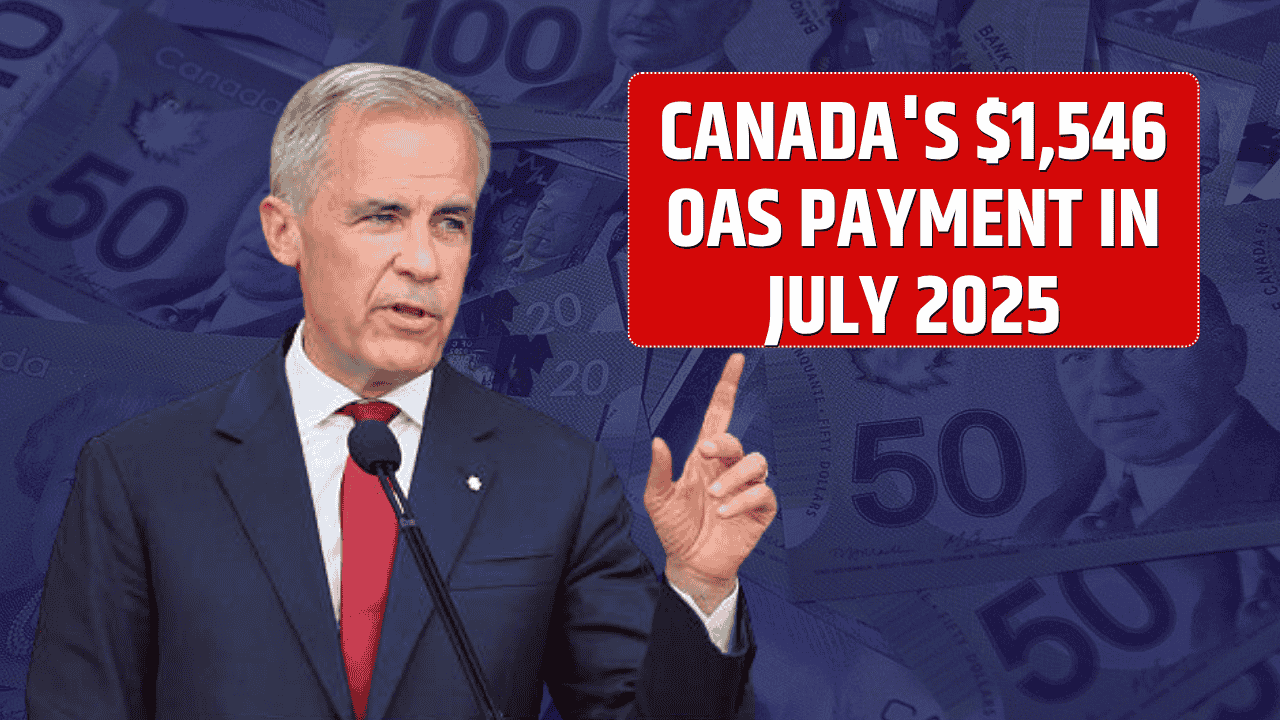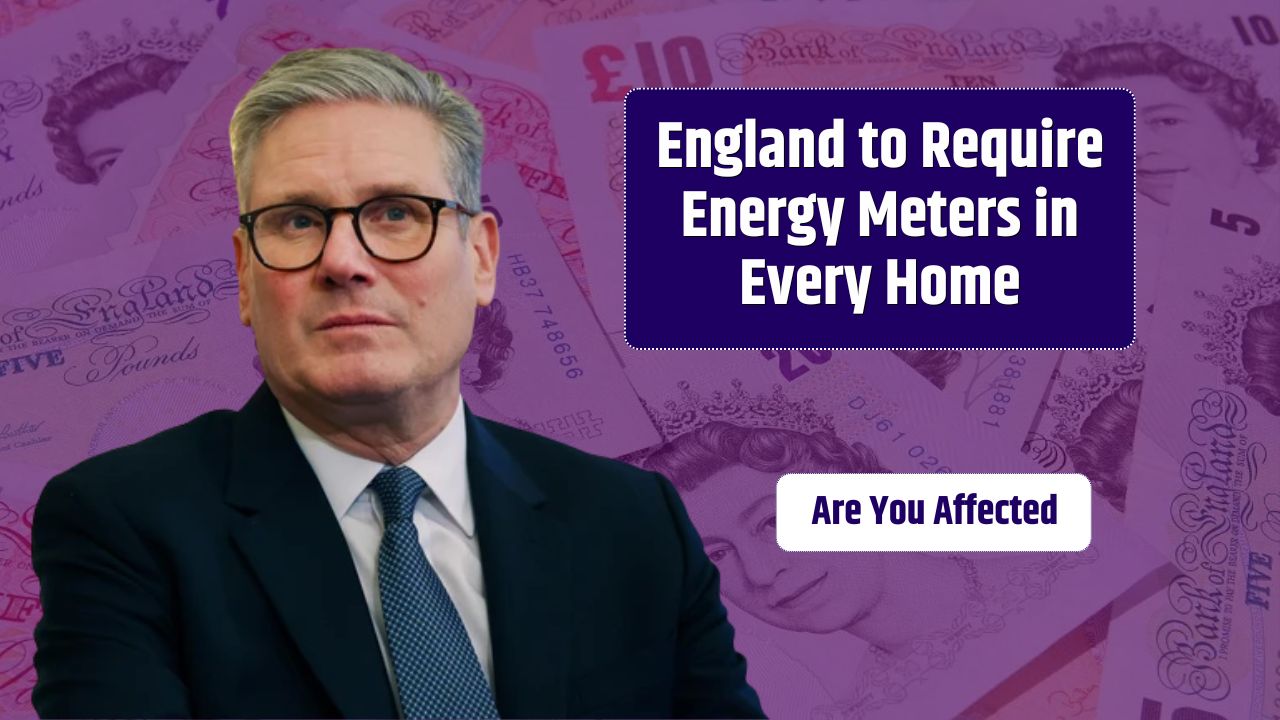Evaluating child welfare and family services is essential to ensuring the well-being of vulnerable children and families across the United States. These evaluations use research methods, data analysis, and community input to determine whether programs are effectively protecting children, supporting families, and promoting long-term stability.
In 2025, as social challenges like mental health, housing insecurity, and intergenerational poverty intensify, the role of evaluation is more important than ever in guiding reforms and improving outcomes.
Table of Contents
Why Evaluation Matters in Child Welfare
Child welfare and family service programs are complex, emotionally charged, and often life-altering. Whether it’s foster care placement, family reunification efforts, or support for at-risk youth, decisions carry high stakes. Program evaluations bring objectivity, transparency, and accountability to these systems.
Key Goals of Evaluation:
- Protect children’s safety and rights
- Strengthen families and prevent separation
- Measure long-term outcomes (health, education, stability)
- Guide funding and policy decisions
Types of Evaluations Used
| Evaluation Type | Purpose |
|---|---|
| Outcome Evaluation | Measures long-term results like permanency or well-being |
| Process Evaluation | Reviews how services are delivered and identifies bottlenecks |
| Impact Evaluation | Assesses whether a program causes changes in outcomes |
| Cost-Effectiveness | Analyzes return on investment for different interventions |
| Formative Evaluation | Helps refine new or pilot programs during development |
These evaluations often include both quantitative data (e.g., time in foster care, reentry rates) and qualitative insights (e.g., interviews with children, parents, and caseworkers).
Real-World Impact of Evaluation in Family Services
Evaluations have led to significant changes and improvements in how child welfare services are designed and delivered. Here are a few examples:
| Program/Policy | Evaluation Insight | Impact on Families |
|---|---|---|
| Family First Prevention Services Act (FFPSA) | Highlighted the need for prevention over removal | Shifted focus to keeping families together |
| Home Visiting Programs | Proven to reduce child abuse and improve parenting skills | Strengthened early family support |
| Foster Care Reentry Rates | Evaluations revealed high reentry rates in certain jurisdictions | Led to better post-reunification support and monitoring |
| Kinship Care Programs | Studies showed better emotional outcomes than non-relative care | Increased support for placing children with extended family |
| Mental Health Interventions | Mixed results depending on program quality and access | Informed investment in trauma-informed, culturally relevant care |
Improving System Accountability and Equity
Evaluation also plays a critical role in addressing racial disparities and systemic inequities in child welfare. Data has consistently shown that children of color, particularly Black and Indigenous youth, are overrepresented in foster care. Evaluations can:
- Identify bias in removals and placements
- Reveal service gaps in underserved communities
- Promote culturally responsive practices
By analyzing who gets help, how it’s delivered, and who benefits, evaluations help systems become more equitable and just.
Challenges and Opportunities in 2025
Despite the benefits, there are ongoing challenges in evaluating child welfare programs:
- Data Limitations: Fragmented systems and outdated technology hinder tracking outcomes.
- Privacy Concerns: Working with minors and families requires strict confidentiality.
- Resource Constraints: Many agencies lack the staff or funding for robust evaluations.
- Policy Resistance: Poor evaluation results can be politically sensitive.
However, new tools—like predictive analytics, real-time data dashboards, and AI-assisted case reviews—are helping agencies monitor performance and act faster to improve services.
Elevating the Voice of Families
An effective evaluation system must go beyond numbers and actively involve families in the process. This includes:
- Listening to parents and youth with lived experience
- Including community feedback in program redesign
- Using evaluations to empower—not penalize—families
Family-informed evaluations foster programs that are more humane, tailored, and likely to succeed in keeping families safely together.
Evaluations in child welfare and family services are not just technical exercises—they are moral imperatives. They ensure that services intended to protect children and support families actually fulfill their promise. By combining data, empathy, and accountability, evaluation strengthens the child welfare system and promotes long-term family stability.
FAQs
What’s the main purpose of evaluating child welfare programs?
To ensure that services are protecting children, supporting families, and achieving long-term positive outcomes.
Can evaluations help prevent family separation?
Yes. Evaluations often show that prevention-focused services reduce the need for foster care and improve family functioning.
How are children and families involved in evaluations?
Increasingly, agencies are involving youth and parents in focus groups, surveys, and advisory roles to shape more effective programs.


























